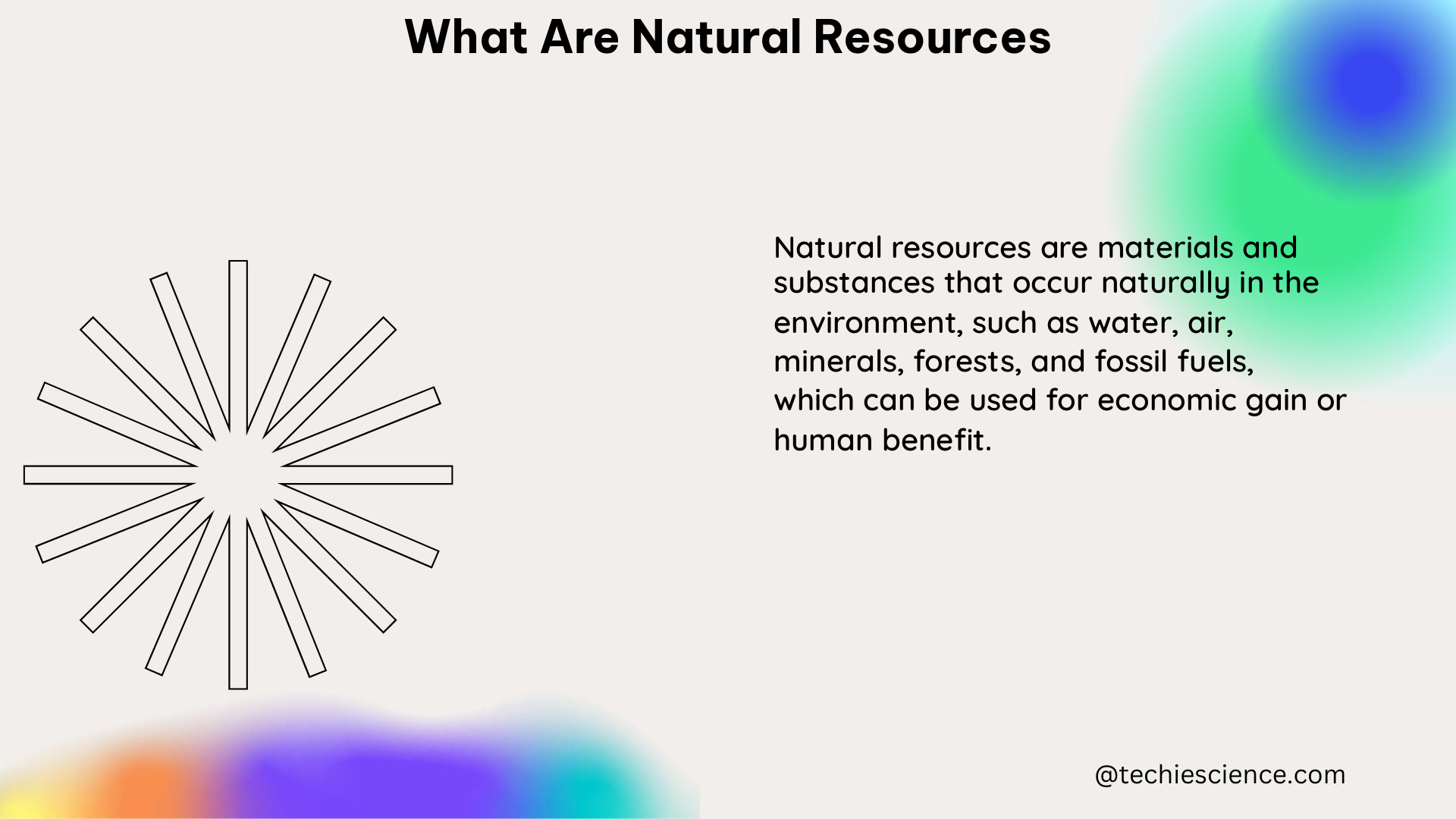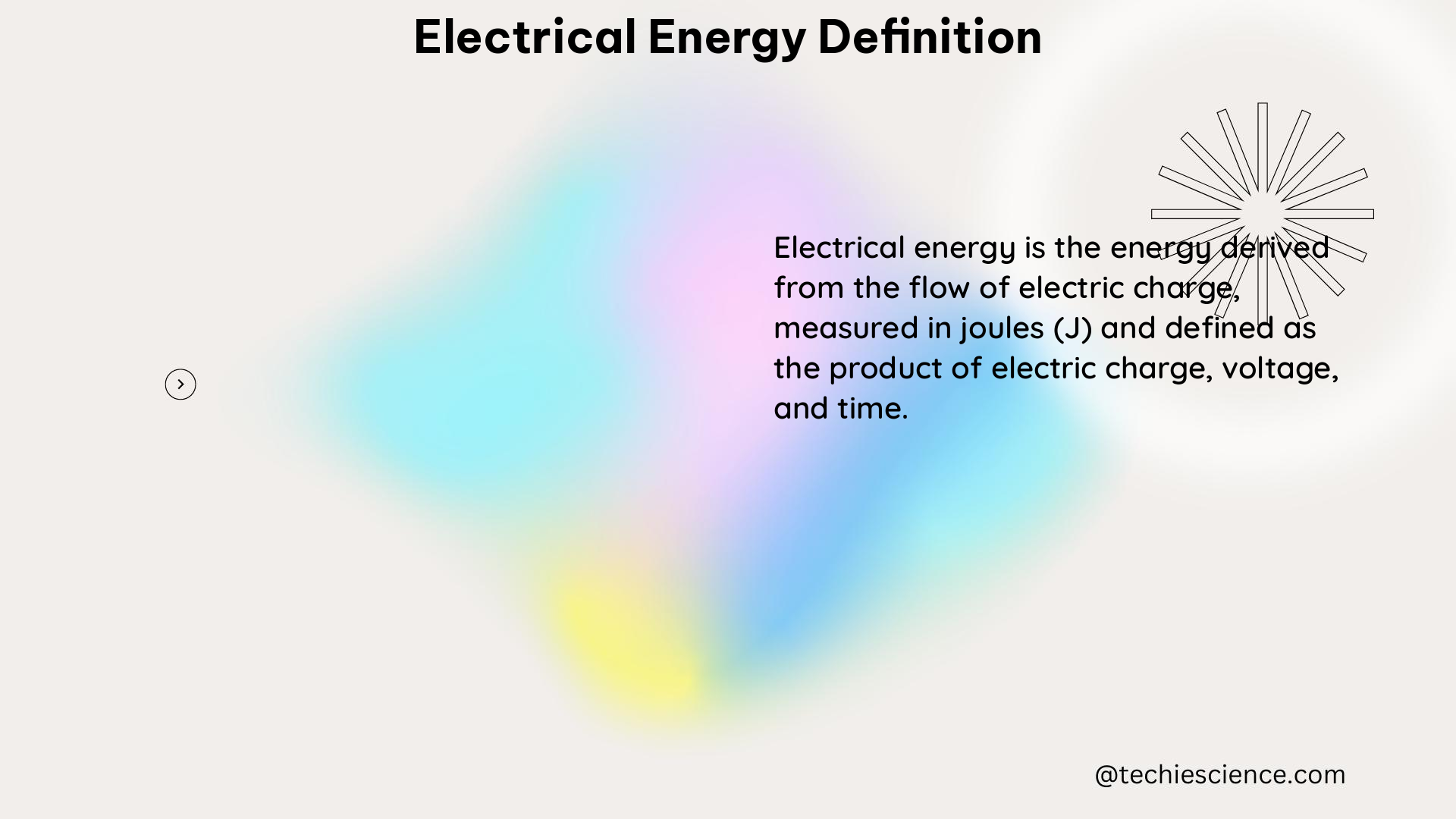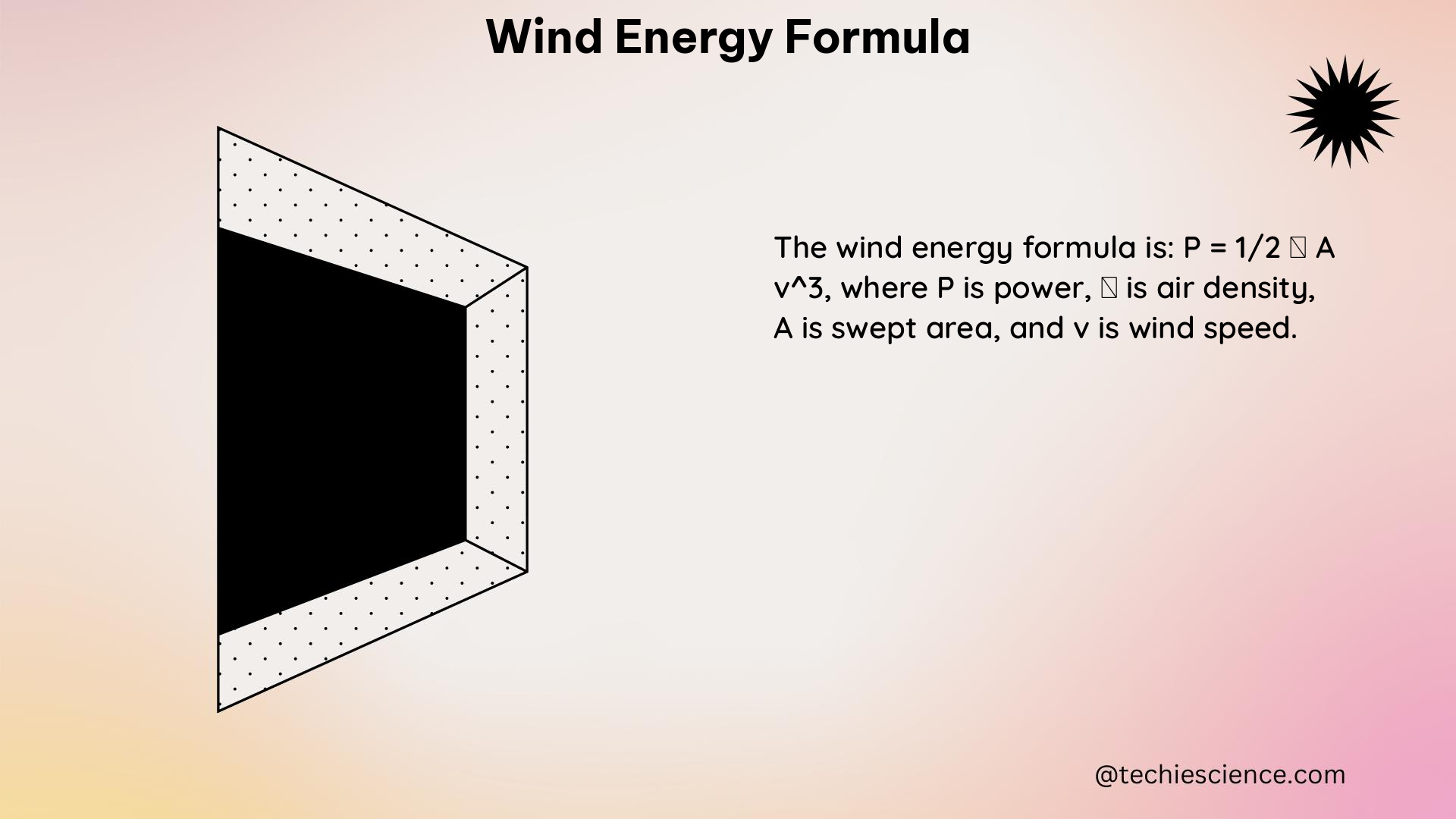Natural resources are the essential components of the Earth’s ecosystem that provide various benefits to human society. These resources can be broadly categorized into four main groups: land, water, air, and biodiversity. This comprehensive guide will delve into the technical details and quantifiable data on natural resources, equipping physics students with a deep understanding of this crucial topic.
Land Resources
Forest Area
The total forest area globally is approximately 4.06 billion hectares, which accounts for about 31% of the Earth’s land area. Forests play a vital role in regulating the climate, providing habitats for diverse species, and supporting various ecosystem services. The distribution of forest cover can be further analyzed using the following data:
- Boreal forests cover approximately 33% of the global forest area, with the majority located in Russia, Canada, and Scandinavia.
- Temperate forests account for around 16% of the global forest area, primarily found in North America, Europe, and Asia.
- Tropical forests make up the largest share, covering approximately 45% of the global forest area, with the Amazon Basin, Congo Basin, and Southeast Asia being the major hotspots.
Agricultural Soil Health
The health of agricultural soil is critical for food production. Soil degradation, caused by factors such as erosion, salinization, and nutrient depletion, affects about 33% of global agricultural land, leading to reduced fertility and productivity. To assess soil health, the following parameters can be measured:
- Soil organic matter content: Healthy agricultural soils typically have an organic matter content ranging from 2% to 6%, which is essential for maintaining soil structure, water-holding capacity, and nutrient cycling.
- Soil pH: The optimal pH range for most crops is between 6.0 and 7.5, as it supports the availability of essential nutrients and microbial activity.
- Soil nutrient levels: Macronutrients such as nitrogen (N), phosphorus (P), and potassium (K) are crucial for plant growth and must be maintained at appropriate levels through sustainable management practices.
Urban Land Conversion
The rate of urban land conversion is significant, with an estimated 1.3% of global agricultural land being converted to urban use annually. This rapid urbanization can have profound impacts on natural ecosystems and food security. To quantify the extent of urban land conversion, the following data can be analyzed:
- Global urban population growth rate: The world’s urban population has been growing at a rate of approximately 1.84% per year, leading to the expansion of urban areas.
- Percentage of global population living in urban areas: Currently, around 56% of the world’s population resides in urban areas, and this figure is projected to increase to 68% by 2050.
- Spatial distribution of urban land conversion: Hotspots of urban land conversion can be identified using satellite imagery and geographic information systems (GIS) to monitor the changes in land use over time.
Water Resources

Groundwater Levels
Groundwater is a critical water resource, but its levels have been declining in many regions due to overexploitation and climate change. In California, for example, groundwater levels have declined significantly over the past century, with some areas experiencing declines of up to 100 feet. To assess groundwater depletion, the following data can be analyzed:
- Groundwater withdrawal rates: The rate at which groundwater is being extracted, often for agricultural, industrial, and domestic use, can be measured to understand the sustainability of groundwater use.
- Groundwater recharge rates: The rate at which groundwater is replenished through natural processes, such as precipitation and surface water infiltration, is crucial for maintaining a balanced groundwater system.
- Groundwater storage changes: Monitoring the changes in groundwater storage over time can provide insights into the long-term sustainability of groundwater resources.
Water Security
Water security is a growing concern, as about 80% of the world’s population lives in areas with high water security threats. This highlights the need for sustainable water management practices to ensure the availability and quality of water resources. To quantify water security, the following indicators can be used:
- Water stress index: This index measures the ratio of total water withdrawals to total renewable water resources, with values above 0.4 indicating high water stress.
- Water quality index: This index assesses the physical, chemical, and biological characteristics of water, with values ranging from 0 (poor quality) to 100 (excellent quality).
- Access to safe drinking water: The percentage of the population with access to safely managed drinking water services is a key indicator of water security.
Air Resources
Air Quality
Air quality is a critical environmental issue, with the World Health Organization (WHO) estimating that 9 out of 10 people worldwide breathe polluted air. This has significant health impacts, including increased risk of respiratory diseases, cardiovascular problems, and premature deaths. To quantify air quality, the following metrics can be used:
- Particulate matter (PM) concentrations: PM2.5 and PM10 are widely used indicators of air pollution, with WHO guidelines recommending annual mean concentrations of no more than 5 μg/m³ and 15 μg/m³, respectively.
- Nitrogen dioxide (NO2) levels: NO2 is a common air pollutant, and the WHO guideline for annual mean concentration is 10 μg/m³.
- Ozone (O3) levels: Ground-level ozone is a secondary pollutant formed through the interaction of sunlight with other pollutants, and the WHO guideline for the maximum 8-hour mean is 100 μg/m³.
Biodiversity
Species Extinction
The current rate of species extinction is estimated to be 100 to 1,000 times higher than the natural rate, with many species facing extinction due to habitat destruction, climate change, and other human-induced pressures. To quantify the state of biodiversity, the following data can be analyzed:
- IUCN Red List status: The International Union for Conservation of Nature (IUCN) Red List categorizes species based on their risk of extinction, with categories ranging from “Least Concern” to “Critically Endangered.”
- Living Planet Index: This index, developed by the World Wide Fund for Nature (WWF), measures the average change in population abundance of vertebrate species over time, providing a global indicator of biodiversity.
- Threatened species: The number and proportion of species classified as “Threatened” (Vulnerable, Endangered, or Critically Endangered) on the IUCN Red List can be used to assess the state of biodiversity.
Ecosystem Health
The health of ecosystems is critical for maintaining biodiversity, but there is a lack of comprehensive monitoring and data on ecosystem health at the landscape level. To assess ecosystem health, the following indicators can be considered:
- Habitat fragmentation: The degree of fragmentation of natural habitats, often caused by human activities, can be measured using landscape metrics such as patch size, edge density, and connectivity.
- Ecosystem services: The provision and quality of ecosystem services, such as carbon sequestration, water purification, and pollination, can be quantified to evaluate the overall health of an ecosystem.
- Ecological integrity: Indicators of ecological integrity, such as the presence of keystone species, the diversity of functional groups, and the resilience to disturbances, can provide insights into the overall health of an ecosystem.
Quantifiable Indicators
SDG Indicators
The Sustainable Development Goals (SDGs) provide a comprehensive framework for sustainable development, but only 18 of the 231 unique indicators directly monitor natural resources. This highlights the need for more comprehensive and quantifiable indicators to track the state of natural resources and their management.
Natural Resource Valuation
The valuation of natural resources is critical for sustainable management, as it helps to quantify the economic benefits of natural resource conservation. Quantitative methods, such as cost-benefit analysis, can be used to evaluate the economic value of ecosystem services, the costs of resource depletion, and the potential benefits of conservation efforts.
Technical Specifications
Measurable Objectives
Effective measurable objectives for natural resource management should define clear baselines, set quantitative thresholds, develop protective triggers, incorporate regular measurement and monitoring, account for uncertainty, and adapt to changing conditions and knowledge. These objectives should be specific, measurable, achievable, relevant, and time-bound (SMART) to ensure effective management.
SMART Objectives
Writing SMART (Specific, Measurable, Achievable, Relevant, and Time-bound) objectives is essential for natural resource and environmental management. These objectives should be quantifiable and achievable to ensure effective management. For example, a SMART objective for forest conservation could be: “Increase the total forest area in the region by 10% from the 2020 baseline by 2030, as measured by satellite imagery.”
By understanding the technical details and quantifiable data on natural resources, physics students can develop a comprehensive understanding of this crucial topic. This knowledge can be applied in various fields, such as environmental science, renewable energy, and sustainable resource management, ultimately contributing to the sustainable use and conservation of our planet’s natural resources.
References
- Union of Concerned Scientists. (2015). Measuring What Matters. Retrieved from https://www.ucsusa.org/resources/measuring-what-matters
- BESJournals. (2024). Writing SMART objectives for natural resource and environmental management. Retrieved from https://besjournals.onlinelibrary.wiley.com/doi/full/10.1002/2688-8319.12313
- Research Features. (2021). Taking inventory of natural resource indicators within the Sustainable Development Goals. Retrieved from https://researchfeatures.com/taking-inventory-natural-resource-indicators-sustainable-development-goals/
- USDA Natural Resources Conservation Service. (n.d.). Natural Resources Assessment. Retrieved from https://www.nrcs.usda.gov/resources/data-and-reports/natural-resources-assessment
- ResearchGate. (n.d.). Natural Resources Valuation between Quantitative and Qualitative Information. Retrieved from https://www.researchgate.net/publication/347969177_Natural_Resources_Valuation_between_Quantitative_and_Qualitative_Information





